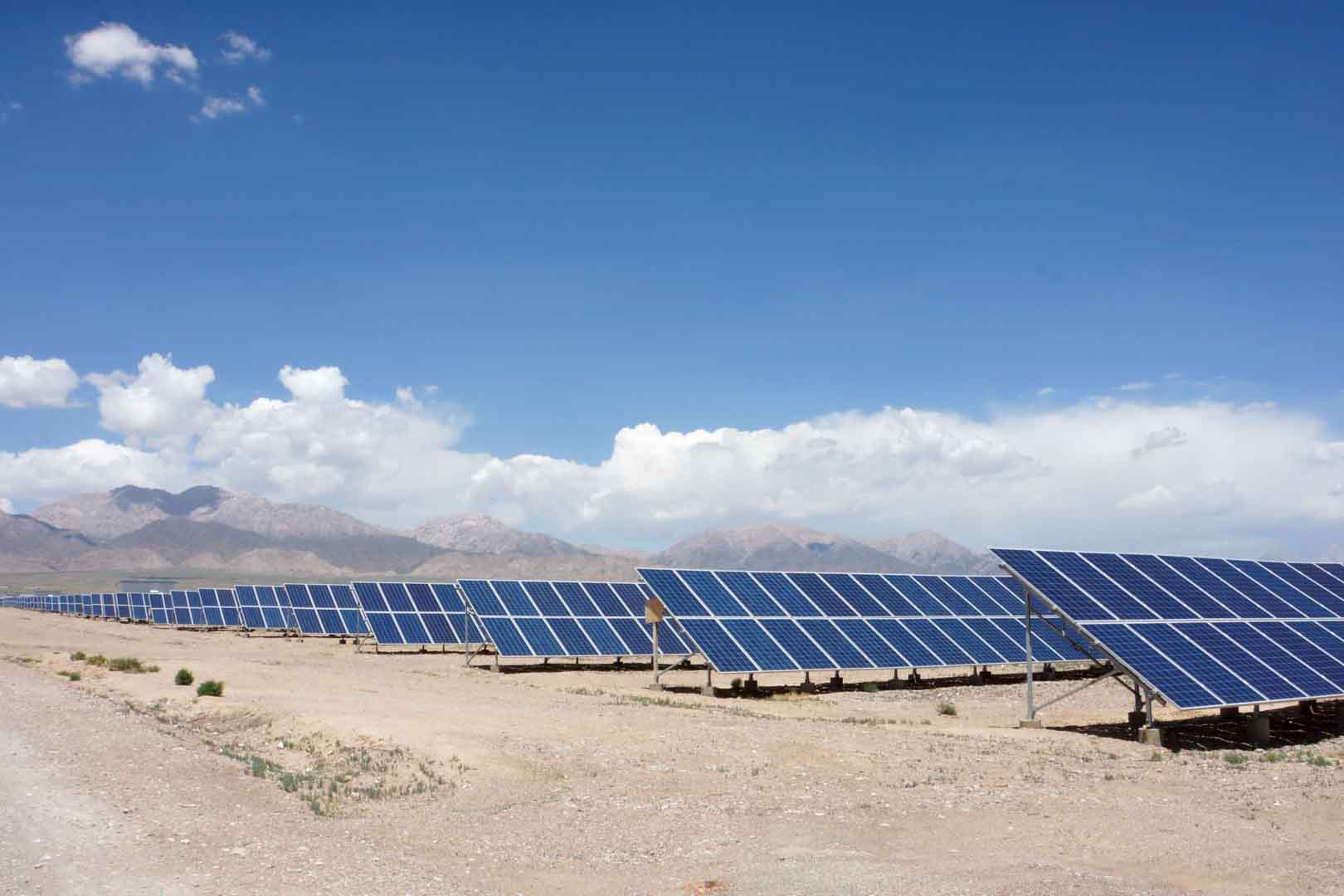Promoting renewable energies in northern China
The Qinghai Solar PV power generation project aims at the reduction of CO2 based on renewable energy supply. The purpose of the first phase was the installation of 68,035 polycrystalline silicon solar cell modules with unit capacity of 295 Wp and a total installed capacity of nearly 20.1 MWp. The purpose of the second phase was to install 67,840 further modules with a total capacity of slightly above 20 MWp. The total average annual feed electricity from the project is approximately 63,31 GWh.
The electricity generated by the project is supplied to Northwest China Power Grid (NWPG). The total expected GHG emission reductions amounts to 379,729 t of CO2-equivalents over the first crediting period by displacing power generation of those fossil fuel-fired power plants. The local community benefits from the promotion of economic development, increasing employment opportunities and an increasing income opportunities.





Although the development of renewable energy sources is increasing, energy from fossil fuels is still a significant part of energy production worldwide. This is associated with the release of large amounts of carbon emissions. The use of solar energy is a good way to provide people around the world with renewable energy and reduce greenhouse gas emissions. Solar installations, implemented through solar projects, convert sunlight into electricity (photovoltaic) or heat (solar thermal). Even when the sky is cloudy, the solar thermal power plants generate heat and convert it into electricity. Photovoltaic projects use the photoelectric effect to convert sunlight into electricity.
The energy produced is typically fed into the national or regional power grid, reducing the share of fossil fuels in the electricity mix. In addition to reducing carbon emissions, solar projects also prevent the release of various pollutants associated with conventional power generation. Solar energy projects in the ClimatePartner portfolio are registered with international standards.
Explore our projects
Biochar for Climate Action, Healthy Soils, and Better Harvests

A certified climate project combined with additional commitment

Expansion of renewable energy generation in Asia

Ceramic water filters save CO2 and improve health

Improved cookstoves worldwide – for better health and cleaner air

A certified climate project combined with additional commitment

Powering access to renewable energy in Africa

A certified climate project combined with additional commitment

Restored ecosystems remove carbon

Turning degraded farmlands into healthy ecosystems

Improved cookstoves - better for health and the environment